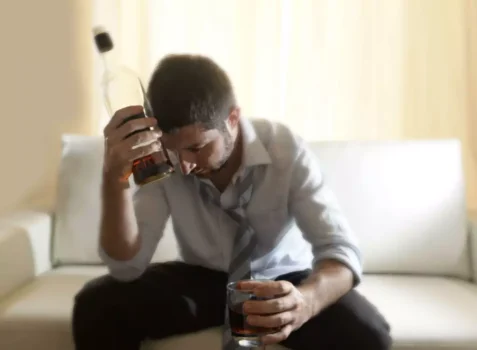Benzodiazepine Withdrawal Syndrome BZWS The Alliance for Benzodiazepine Best Practices

However, safe, effective treatment options are available to make the withdrawal and detox process as comfortable as possible, avoiding the risks of stopping without medical supervision. In addition, 76.2 percent of respondents had not been informed that benzodiazepines are approved for short-term use only and that discontinuation might be difficult. Individuals may find they are intolerant of certain foods although this is not usually a true allergy.
Withdrawal process

The greater the amount of opioid used by the patient the greater the dose of codeine phosphate required to control withdrawal symptoms. Symptoms that are not satisfactorily reduced by codeine phosphate can be managed with symptomatic treatment as required (see Table 3). The greater the amount of opioid benzodiazepine withdrawal used by the patient the greater the dose of methadone required to control withdrawal symptoms. If symptoms are not sufficiently controlled either reduce the dose of methadone more slowly, or provide symptomatic treatment (see Table 3). When you are physically dependent on a drug, it means your body can’t operate normally without it.
Benzodiazepine Withdrawal Tied to Serious Long-Term Harms

This is because inconsistent use doesn’t pose the same risk of dependence or withdrawal. Benzodiazepines are a powerful class of medication used to treat anxiety, insomnia, and panic disorder. Examples of benzodiazepines include alprazolam (Xanax) and diazepam (Valium). There are many symptoms that can be experienced during benzodiazepine withdrawal.
The Post-Taper Recovery Period
- Patients who exhibit severe psychiatric symptoms should be referred to a hospital for appropriate assessment and treatment.
- Anyone experiencing troubling symptoms from withdrawal, such as suicidal thoughts or tendencies, should seek immediate medical care.
- Their symptoms included the full range of psychological and physical symptoms usually described as benzodiazepine withdrawal symptoms.
- If you’ve taken benzodiazepines at high doses for an extended period, you may experience long-term withdrawal symptoms, also called post-acute withdrawal syndrome (PAWS) or protracted withdrawal.
For example, symptoms of anxiety or insomnia may come back or get worse without the drugs. Long-term treatment after benzodiazepine withdrawal will depend on your reasons for taking them in the first place and your reasons for quitting. If you have a psychiatric condition that was managed by the benzodiazepines, you will need an alternative plan to manage your condition. Some people, such as those with a history of complicated withdrawal, seizures, or severe mental illness, may be better suited for an inpatient setting. This can involve living at a detox facility or hospital for several weeks, where you can receive constant medical monitoring and psychological support.
We Care About Your Privacy

If you are pregnant or are thinking about becoming pregnant, talk to your OBGYN or psychiatrist about your plans. However, Sober living house going through any withdrawal during pregnancy also has its risks. Your doctor can help you weigh the potential risks and benefits of benzodiazepine use and your pregnancy.


